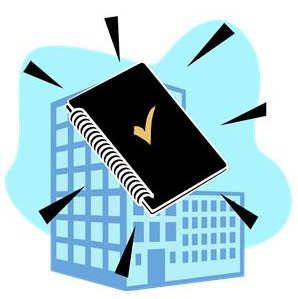eDiscovery Trends: Lawyers Versus Machines – Who’s “Winning”?

As discussed on this blog, mainstream publications including The New York Times and Forbes have noticed the rise of search technology in discovery, particularly predictive coding. The New York Times article, Armies of Expensive Lawyers, Replaced by Cheaper Software, inspired a lot of consternation in the legal community by proposing that technology was replacing human lawyers. Among the first to reply, Ralph Losey wrote a blog post New York Times Discovers eDiscovery, But Gets the Jobs Report Wrong, arguing that “the supposed job-chilling impact of these new technologies on the legal profession was off the mark. In fact, the contrary is true.”
However, the Times article does point to a real trend – clients demanding that their outside counsel and litigation support teams use technology to work more efficiently. “Just because the “paper of record” says something doesn’t make it so, of course. But it does mean that every GC and Litigation DGC/AGC in America (and likely Canada) now has this trend on their radar,” litigation project management guru Steven Levy wrote on the blog Lexican.
The obvious problem with the New York Times article is that search and review is an iterative process and demands human intervention to make the machines involved function properly. However, the missing piece of the discussion today is exactly what the relation between human reviewers and computers should be. There is a nascent movement to investigate this topic, finding the line where machine-led review ends and where human intervention is necessary.
Recent research by some of the leaders of the TREC Legal Track research project has begun to explore the interaction between human and machine review. Maura Grossman, a litigator with Wachtell, Lipton, Rosen & Katz and one of the TREC coordinators, and Gordon Cormack, a computer scientist and fellow TREC-er, wrote the research paper Technology Assisted Review in eDiscovery Can be More Effective and Efficient Than Manual Review. As the title indicates, human review cannot match the accuracy of technology-assisted review. However, the paper points out the need for a roadmap detailing the ideal interaction between human lawyers and machine review in litigation. “A technology-assisted review process involves the interplay of humans and computers to identify the documents in a collection that are responsive to a production request, or to identify those documents that should be withheld on the basis of privilege.”
What may be endangered is the existing review process, as it has traditionally been practiced, not human attorneys. Bennett Borden, an attorney with Williams Mullin, argues the linear review processes cannot produce the same results as the skillful use of technology. He has some interesting asides about the ways lawyers can do things computer searches cannot. For example, human reviewers are able to intuitively “come upon a scent” of relevant documents that machines missed. He says that reviewers not only are able to effectively pursue information by following leads initiated by a computer, but they actually enjoyed the process more than straight-ahead manual review.
Clearly, more research is needed in this area, but if lawyers are going to defend their role in litigation, defining the role of lawyers in discovery is an important question. What do you think? Please share any comments you might have or if you'd like to know more about a particular topic.

